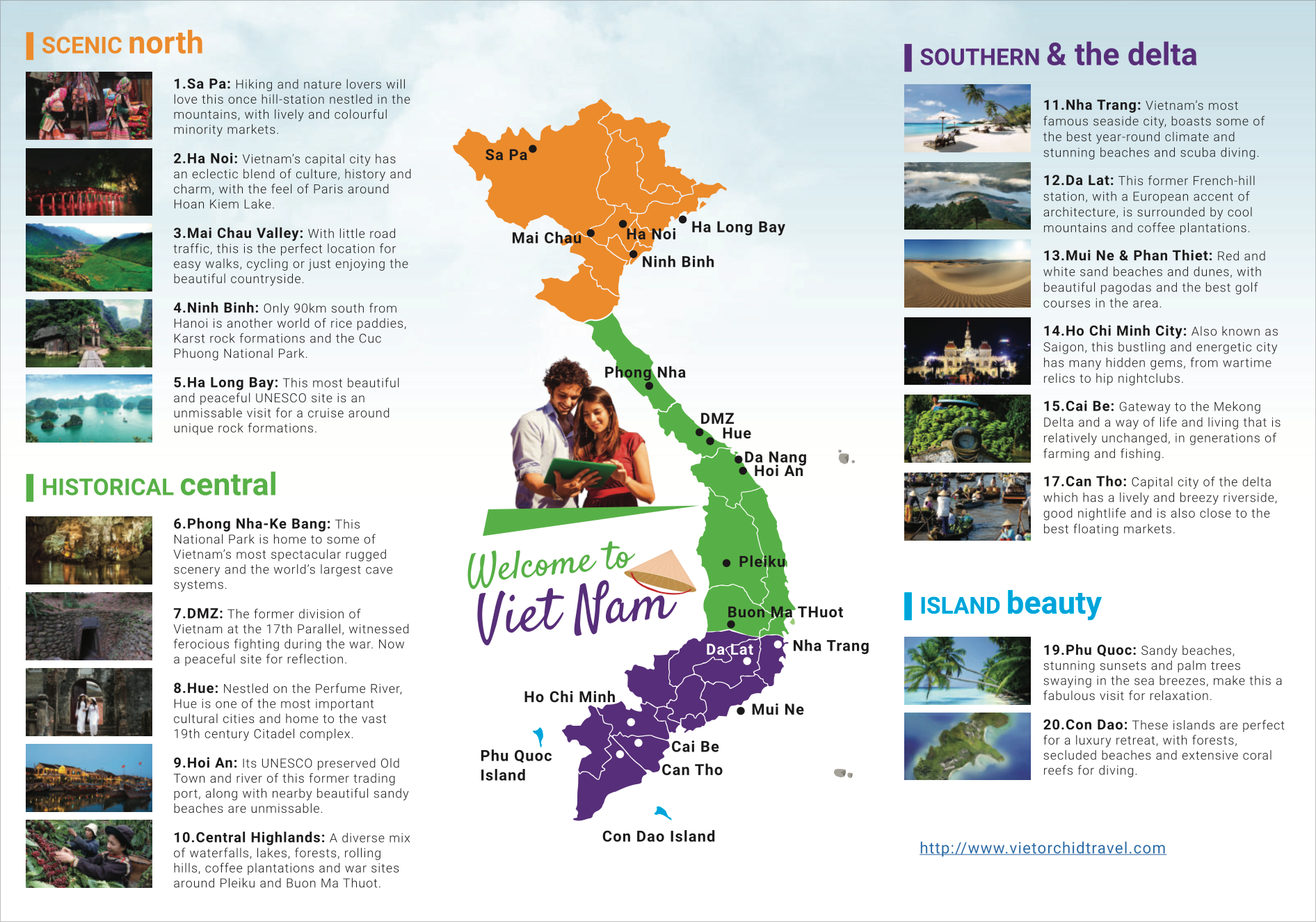Why Choose Us?
Download Now!

Far from the tourist crowds, this immersive journey invites you to discover Hue’s timeless craft villages by boat, bicycle, and open heart
Begin the day with a peaceful boat ride from Toa Kham Pier, drifting toward the quiet charm of Bao Vinh. Once a bustling trading port, today it’s a place where time gently lingers. Enjoy a local-style Banh Mi, sip coffee the Hue way, and soak in the nostalgia of old yellow walls, Bao Vinh Market and riverside rhythms.
Bao Vinh Ancient Town – Echoes of a Bygone Trading Port
Nestled quietly by the Perfume River, Bao Vinh was once a bustling port town during the 17th–18th centuries, playing a vital role in regional trade between Central Vietnam and neighboring Asian countries. Though time has passed, the charm of this riverside village remains. Wooden houses with tiled roofs, mossy alleyways, and a peaceful rhythm of life offer a nostalgic glimpse into Hue’s commercial and cultural past — a place where history lingers in every corner
Back on the boat, continue downriver to Sinh Village, renowned for its centuries-old tradition of folk woodblock painting.
Originally used in spiritual rituals and ancestor worship, these vibrant artworks are celebrated for their bold lines, vivid colors, and symbolic storytelling rooted in Vietnamese beliefs. During your visit, you’ll have the unique opportunity to meet Mr. Ky Huu Phuoc – a devoted artisan who has inherited and preserved this fading craft. At his home, you’ll not only discover a fascinating collection of his paintings, each accompanied by its own story and cultural meaning, but also try your hand at creating your own paper print using pre-carved wooden frames – a truly immersive and memorable cultural experience.
Sinh Village – Where Art Tells the Stories of Tradition
Nestled along the Perfume River, Sinh Village is known not only for its centuries-old folk woodblock paintings, but also for its vibrant spring wrestling festival, held every year on the 10th day of the Lunar New Year. With a history spanning over 200 years, the festival celebrates strength, heritage, and the communal spirit — where wrestlers perform traditional postures like standing, kneeling, sitting, and lying, symbolizing harmony and balance.
What makes Sinh Village truly special is how these cultural scenes come to life through art. From the Four Wrestling Poses to the “Bát Âm” ensemble — an ancient set of eight musical instruments once performed in royal court — many of the village’s paintings vividly depict the daily life, rituals, and spiritual beliefs of the Vietnamese people. It’s a beautiful way in which tradition is both preserved and reimagined — in color, in motion, and in memory.
Continue cycling through rice paddies to Thanh Tien Paper Flower Village, a place steeped in artistic heritage. Here, we’ll visit the home of artisan Nhat, the son of the late Thân Văn Huy, a master craftsman known for preserving the tradition of making delicate lotus paper flowers.
Under Nhat’s guidance, you’ll dive into the delicate art of crafting paper lotus flowers, a skill passed down for generations in Thanh Tien Village. From shaping petals to assembling the final bloom, every step is a hands-on experience that connects you with this time-honored craft. At the end of the session, you’ll take home your very own handmade paper lotus, a meaningful souvenir that captures the beauty and heritage of Hue’s traditional artistry.
Resting gently along the Perfume River, Thanh Tien Village has practiced the art of making paper flowers for over 300 years. Originally crafted for religious offerings during Tet and local festivals, these delicate creations — lotus, marigold, daisy — are made entirely by hand from bamboo and dyed paper.
Each flower is not only a work of beauty but also a symbol of reverence, gratitude, and cultural continuity passed down through generations of artisans. Today, Thanh Tien paper flowers have taken on a new life — adorning homes, stages, and cultural spaces — bridging the gap between sacred tradition and modern aesthetics.
The day ends in a peaceful cozy Cơm Mắm Cô Ri Restaurant with a home-style Lunch. Inspired by the authentic flavors of Hue, filled with care and love, the restaurant “Co Ri Rice Restaurant” was created with that heartfelt intention.
Also deriving from the daily flavours in Corri rice cooking, which serves as the most creative ingredient and the main source of inspiration for Co Ri Rice Restaurant. Every delightful dish is prepared by amazing mothers and women who are well-versed in Hue’s traditional cuisine, adding a touch of uniqueness and the special essence of Qinqdao’s culinary artistry. Accompanied by a uniquely designed art space, Cô Ri Restaurant becomes a haven to savour the true essence of Hue’s home-cooked rice, offering a cozy atmosphere filled with warmth and moments of love and sharing among diners. Thus, Rish Mung Ms Ri Lan embodies the profound humanistic values of Vietnamese cuisine and evokes cherished memories and emotions.
After lunch, you can choose to cycle back to your hotel at a gentle pace, or opt for a taxi — whichever suits your comfort.
This marks the end of a beautiful day spent exploring the art, craft, and cuisine of Hue — not only learning about the city’s living traditions, but becoming a part of them.
